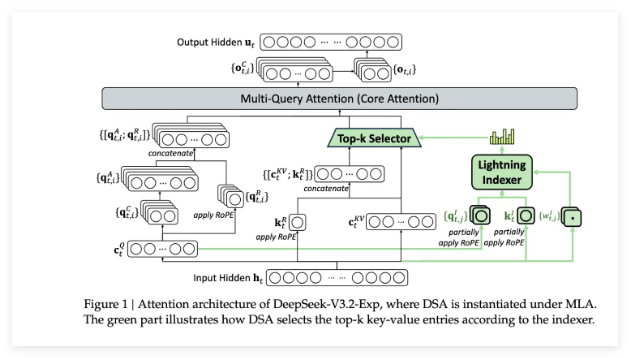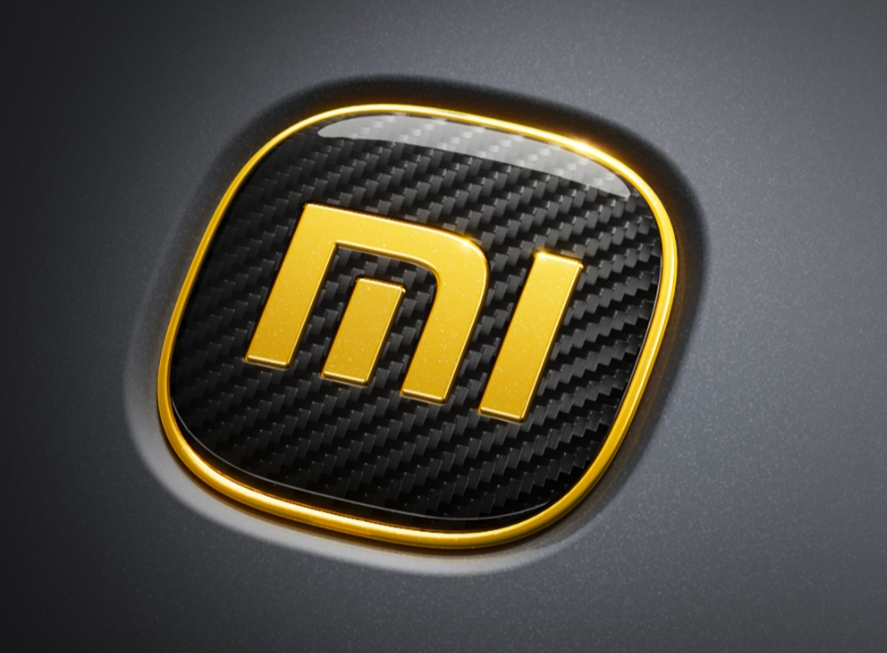前言
无条件图像生成是扩散模型的一种流行应用,它生成的图像看起来像用于训练的数据集中的图像。通常,通过在特定数据集上微调预训练模型来获得最佳结果。你可以在HUB找到很多这样的模型,但如果你找不到你喜欢的模型,你可以随时训练自己的模型!
本教程将教您如何在 Smithsonian Butterflies 数据集的子集上从头开始训练 UNet2DModel 以生成您自己的?蝴蝶?。
? 本培训教程基于“扩散器训练?”笔记本。有关扩散模型的更多详细信息和背景信息,例如它们的工作原理,请查看笔记本!
在开始之前,请确保已安装 Datasets? 以加载和预处理图像数据集,并安装 Accelerate ?以简化任意数量的 GPU 上的训练。以下命令还将安装 TensorBoard 来可视化训练指标(您还可以使用权重和偏差来跟踪您的训练)。
# uncomment to install the necessary libraries in Colab #!pip install diffusers[training]我们鼓励您与社区分享您的模型,为此,您需要登录您的 Hugging Face 帐户(如果您还没有帐户,请在此处创建一个!您可以从笔记本登录,并在出现提示时输入您的令牌。确保您的令牌具有写入角色。
from huggingface_hub import notebook_login notebook_login()或从终端登录:
huggingface-cli login由于模型非常大,因此安装 Git-LFS 来对这些大文件进行版本控制:
!sudo apt -qq install git-lfs !git config --global credential.helper store训练配置
为方便起见,创建一个包含训练超参数的 TrainingConfig 类(随意调整它们):
from dataclasses import dataclass @dataclass class TrainingConfig: image_size = 128 # the generated image resolution train_batch_size = 16 eval_batch_size = 16 # how many images to sample during evaluation num_epochs = 50 gradient_accumulation_steps = 1 learning_rate = 1e-4 lr_warmup_steps = 500 save_image_epochs = 10 save_model_epochs = 30 mixed_precision = "fp16" # `no` for float32, `fp16` for automatic mixed precision output_dir = "ddpm-butterflies-128" # the model name locally and on the HF Hub push_to_hub = True # whether to upload the saved model to the HF Hub hub_model_id = "<your-username>/<my-awesome-model>" # the name of the repository to create on the HF Hub hub_private_repo = False overwrite_output_dir = True # overwrite the old model when re-running the notebook seed = 0 config = TrainingConfig()加载数据集
您可以使用 Datasets ?库轻松加载 Smithsonian Butterflies 数据集:
from datasets import load_dataset config.dataset_name = "huggan/smithsonian_butterflies_subset" dataset = load_dataset(config.dataset_name, split="train") ? 您可以从HugGan 社区活动中找到其他数据集,也可以通过创建本地 ImageFolder .如果数据集来自 HugGan 社区活动,或者 imagefolder 您使用的是自己的图像,请设置为 config.dataset_name 数据集的存储库 ID。
? 数据集使用Image功能自动解码图像数据并将其加载为 PIL.Image 我们可以可视化的:
import matplotlib.pyplot as plt fig, axs = plt.subplots(1, 4, figsize=(16, 4)) for i, image in enumerate(dataset[:4]["image"]): axs[i].imshow(image) axs[i].set_axis_off() fig.show()不过,这些图像的大小各不相同,因此您需要先对它们进行预处理:
Resize 将图像大小更改为中 config.image_size 定义的大小。 RandomHorizontalFlip 通过随机镜像图像来扩充数据集。 Normalize 将像素值重新缩放到 [-1, 1] 范围非常重要,这是模型所期望的。 from torchvision import transforms preprocess = transforms.Compose( [ transforms.Resize((config.image_size, config.image_size)), transforms.RandomHorizontalFlip(), transforms.ToTensor(), transforms.Normalize([0.5], [0.5]), ] )请随意再次可视化图像,以确认它们已调整大小。现在,您可以将数据集包装在 DataLoader 中进行训练了!
import torch train_dataloader = torch.utils.data.DataLoader(dataset, batch_size=config.train_batch_size, shuffle=True)创建 UNet2DModel
扩散器中的?预训练模型可以很容易地从其模型类中使用所需的参数创建。例如,若要创建 UNet2DModel:
from diffusers import UNet2DModel model = UNet2DModel( sample_size=config.image_size, # the target image resolution in_channels=3, # the number of input channels, 3 for RGB images out_channels=3, # the number of output channels layers_per_block=2, # how many ResNet layers to use per UNet block block_out_channels=(128, 128, 256, 256, 512, 512), # the number of output channels for each UNet block down_block_types=( "DownBlock2D", # a regular ResNet downsampling block "DownBlock2D", "DownBlock2D", "DownBlock2D", "AttnDownBlock2D", # a ResNet downsampling block with spatial self-attention "DownBlock2D", ), up_block_types=( "UpBlock2D", # a regular ResNet upsampling block "AttnUpBlock2D", # a ResNet upsampling block with spatial self-attention "UpBlock2D", "UpBlock2D", "UpBlock2D", "UpBlock2D", ), )快速检查示例图像形状是否与模型输出形状匹配通常是一个好主意:
sample_image = dataset[0]["images"].unsqueeze(0) print("Input shape:", sample_image.shape) print("Output shape:", model(sample_image, timestep=0).sample.shape)接下来,您需要一个调度程序来向图像添加一些噪点。
创建调度程序
调度程序的行为会有所不同,具体取决于您是使用模型进行训练还是推理。在推理过程中,调度器会从噪声中生成图像。在训练过程中,调度器从扩散过程中的特定点获取模型输出或样本,并根据噪声调度和更新规则将噪声应用于图像。
让我们看一下DDPMScheduler 并使用该 add_noise 方法在 sample_image 前面添加一些随机噪声:
import torch from PIL import Image from diffusers import DDPMScheduler noise_scheduler = DDPMScheduler(num_train_timesteps=1000) noise = torch.randn(sample_image.shape) timesteps = torch.LongTensor([50]) noisy_image = noise_scheduler.add_noise(sample_image, noise, timesteps) Image.fromarray(((noisy_image.permute(0, 2, 3, 1) + 1.0) * 127.5).type(torch.uint8).numpy()[0])该模型的训练目标是预测添加到图像中的噪声。这一步的损失可以通过以下方式计算:
import torch.nn.functional as F noise_pred = model(noisy_image, timesteps).sample loss = F.mse_loss(noise_pred, noise)训练模型
到现在为止,你已经有了开始训练模型的大部分,剩下的就是把所有东西放在一起。
首先,您需要一个优化器和一个学习率调度器:
from diffusers.optimization import get_cosine_schedule_with_warmup optimizer = torch.optim.AdamW(model.parameters(), lr=config.learning_rate) lr_scheduler = get_cosine_schedule_with_warmup( optimizer=optimizer, num_warmup_steps=config.lr_warmup_steps, num_training_steps=(len(train_dataloader) * config.num_epochs), )然后,您需要一种方法来评估模型。为了进行评估,您可以使用 DDPMPipeline 生成一批示例图像并将其另存为网格:
from diffusers import DDPMPipeline from diffusers.utils import make_image_grid import os def evaluate(config, epoch, pipeline): # Sample some images from random noise (this is the backward diffusion process). # The default pipeline output type is `List[PIL.Image]` images = pipeline( batch_size=config.eval_batch_size, generator=torch.manual_seed(config.seed), ).images # Make a grid out of the images image_grid = make_image_grid(images, rows=4, cols=4) # Save the images test_dir = os.path.join(config.output_dir, "samples") os.makedirs(test_dir, exist_ok=True) image_grid.save(f"{test_dir}/{epoch:04d}.png")现在,您可以使用 Accelerate 将所有这些组件打包到训练循环?中,以便轻松进行 TensorBoard 日志记录、梯度累积和混合精度训练。若要将模型上传到 Hub,请编写一个函数来获取存储库名称和信息,然后将其推送到 Hub。
? 下面的训练循环可能看起来令人生畏且漫长,但当您稍后仅用一行代码启动训练时,这将是值得的!如果您迫不及待地想要开始生成图像,请随时复制并运行下面的代码。您以后可以随时返回并更仔细地检查训练循环,例如在等待模型完成训练时。?
from accelerate import Accelerator from huggingface_hub import create_repo, upload_folder from tqdm.auto import tqdm from pathlib import Path import os def train_loop(config, model, noise_scheduler, optimizer, train_dataloader, lr_scheduler): # Initialize accelerator and tensorboard logging accelerator = Accelerator( mixed_precision=config.mixed_precision, gradient_accumulation_steps=config.gradient_accumulation_steps, log_with="tensorboard", project_dir=os.path.join(config.output_dir, "logs"), ) if accelerator.is_main_process: if config.output_dir is not None: os.makedirs(config.output_dir, exist_ok=True) if config.push_to_hub: repo_id = create_repo( repo_id=config.hub_model_id or Path(config.output_dir).name, exist_ok=True ).repo_id accelerator.init_trackers("train_example") # Prepare everything # There is no specific order to remember, you just need to unpack the # objects in the same order you gave them to the prepare method. model, optimizer, train_dataloader, lr_scheduler = accelerator.prepare( model, optimizer, train_dataloader, lr_scheduler ) global_step = 0 # Now you train the model for epoch in range(config.num_epochs): progress_bar = tqdm(total=len(train_dataloader), disable=not accelerator.is_local_main_process) progress_bar.set_description(f"Epoch {epoch}") for step, batch in enumerate(train_dataloader): clean_images = batch["images"] # Sample noise to add to the images noise = torch.randn(clean_images.shape, device=clean_images.device) bs = clean_images.shape[0] # Sample a random timestep for each image timesteps = torch.randint( 0, noise_scheduler.config.num_train_timesteps, (bs,), device=clean_images.device, dtype=torch.int64 ) # Add noise to the clean images according to the noise magnitude at each timestep # (this is the forward diffusion process) noisy_images = noise_scheduler.add_noise(clean_images, noise, timesteps) with accelerator.accumulate(model): # Predict the noise residual noise_pred = model(noisy_images, timesteps, return_dict=False)[0] loss = F.mse_loss(noise_pred, noise) accelerator.backward(loss) accelerator.clip_grad_norm_(model.parameters(), 1.0) optimizer.step() lr_scheduler.step() optimizer.zero_grad() progress_bar.update(1) logs = {"loss": loss.detach().item(), "lr": lr_scheduler.get_last_lr()[0], "step": global_step} progress_bar.set_postfix(**logs) accelerator.log(logs, step=global_step) global_step += 1 # After each epoch you optionally sample some demo images with evaluate() and save the model if accelerator.is_main_process: pipeline = DDPMPipeline(unet=accelerator.unwrap_model(model), scheduler=noise_scheduler) if (epoch + 1) % config.save_image_epochs == 0 or epoch == config.num_epochs - 1: evaluate(config, epoch, pipeline) if (epoch + 1) % config.save_model_epochs == 0 or epoch == config.num_epochs - 1: if config.push_to_hub: upload_folder( repo_id=repo_id, folder_path=config.output_dir, commit_message=f"Epoch {epoch}", ignore_patterns=["step_*", "epoch_*"], ) else: pipeline.save_pretrained(config.output_dir)这可是一大堆代码啊!但是您终于可以使用 Accelerate 的notebook_launcher功能启动培训?了。向函数传递训练循环、所有训练参数和进程数(您可以将此值更改为可用的 GPU 数)以用于训练:
from accelerate import notebook_launcher args = (config, model, noise_scheduler, optimizer, train_dataloader, lr_scheduler) notebook_launcher(train_loop, args, num_processes=1)训练完成后,查看扩散模型生成的最终?图像?!
import glob sample_images = sorted(glob.glob(f"{config.output_dir}/samples/*.png")) Image.open(sample_images[-1])



















